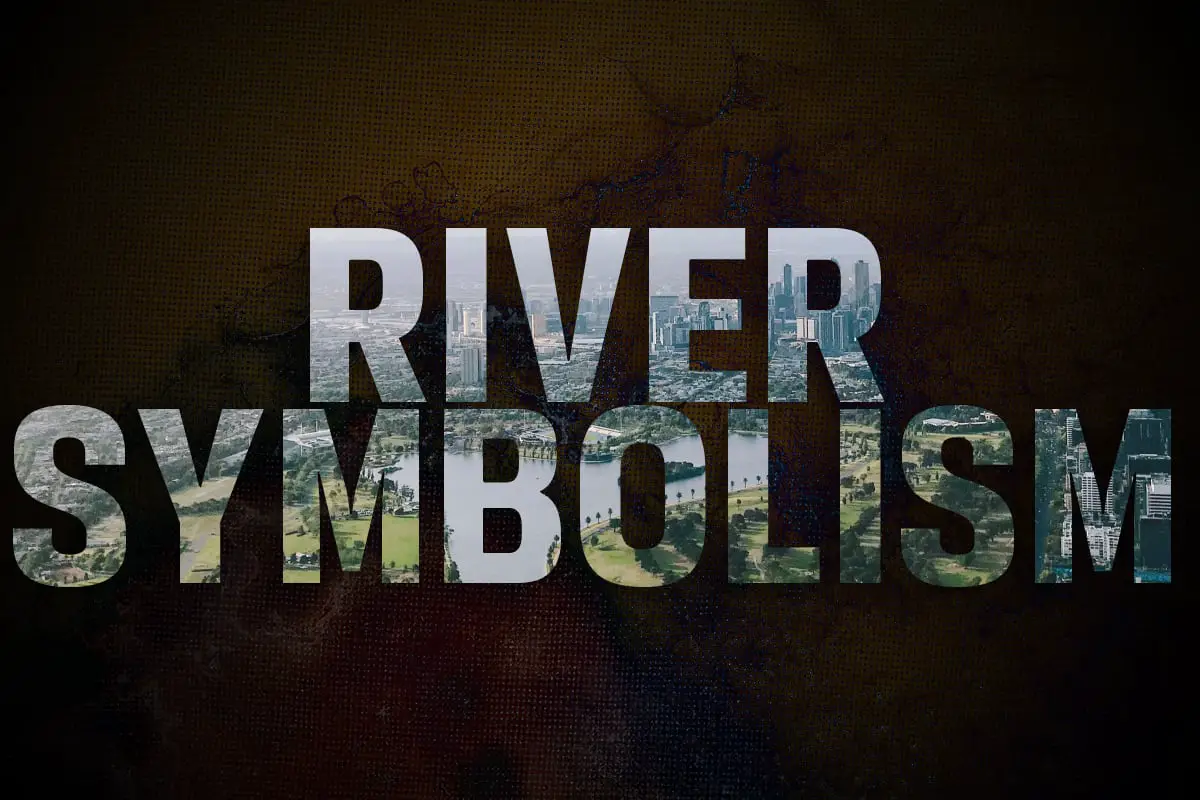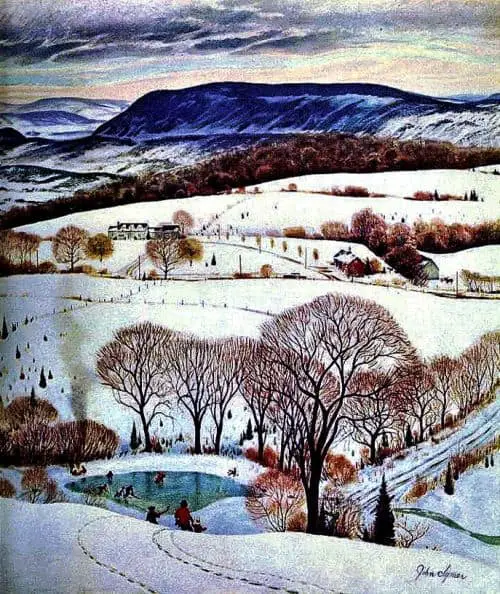-
At The Katz Motel (Pilot) Courage The Cowardly Dog: A Night
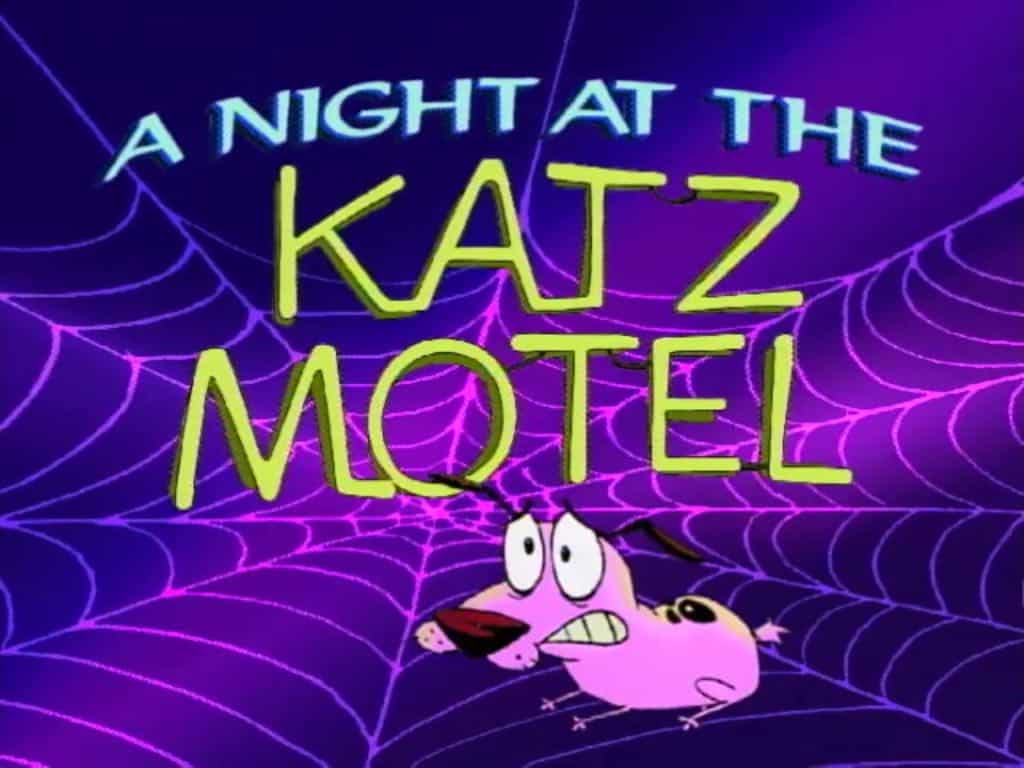
“The Katz Motel” is the wonderful pilot episode of horror comedy for kids, Courage The Cowardly Dog. If you’re anything like me you can’t stand anything on the Cartoon Network for too long. A lot of those shows seem like ill-conceived, overly chatty, highly-polished but vapid productions designed to sell toys. Courage The Cowardly Dog…
-
The Rule Of Three In Storytelling
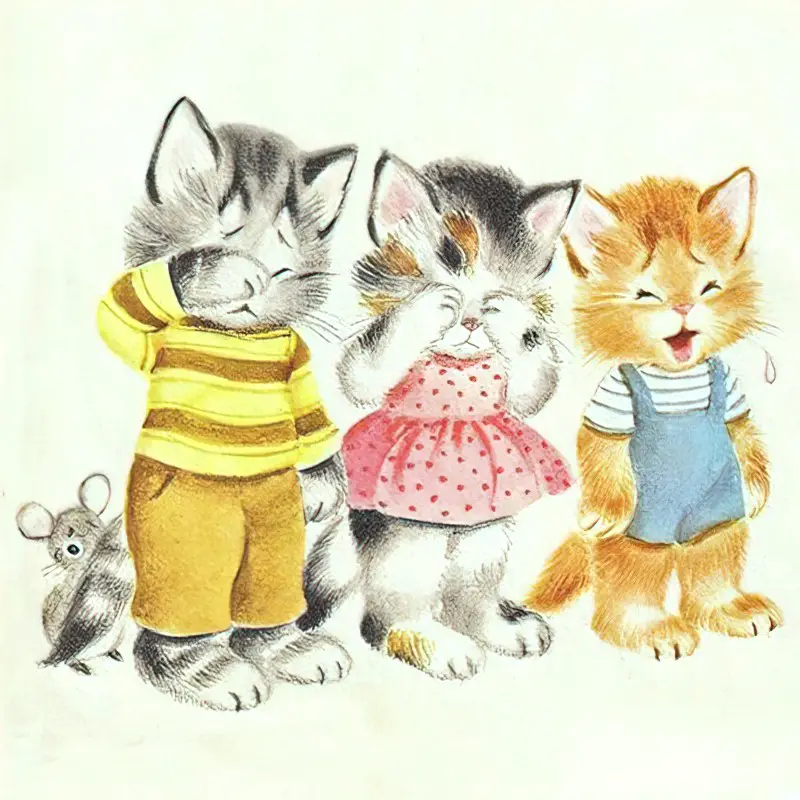
The rule of three in storytelling has several uses. The first works like this:
-
Genius Characters in Fiction
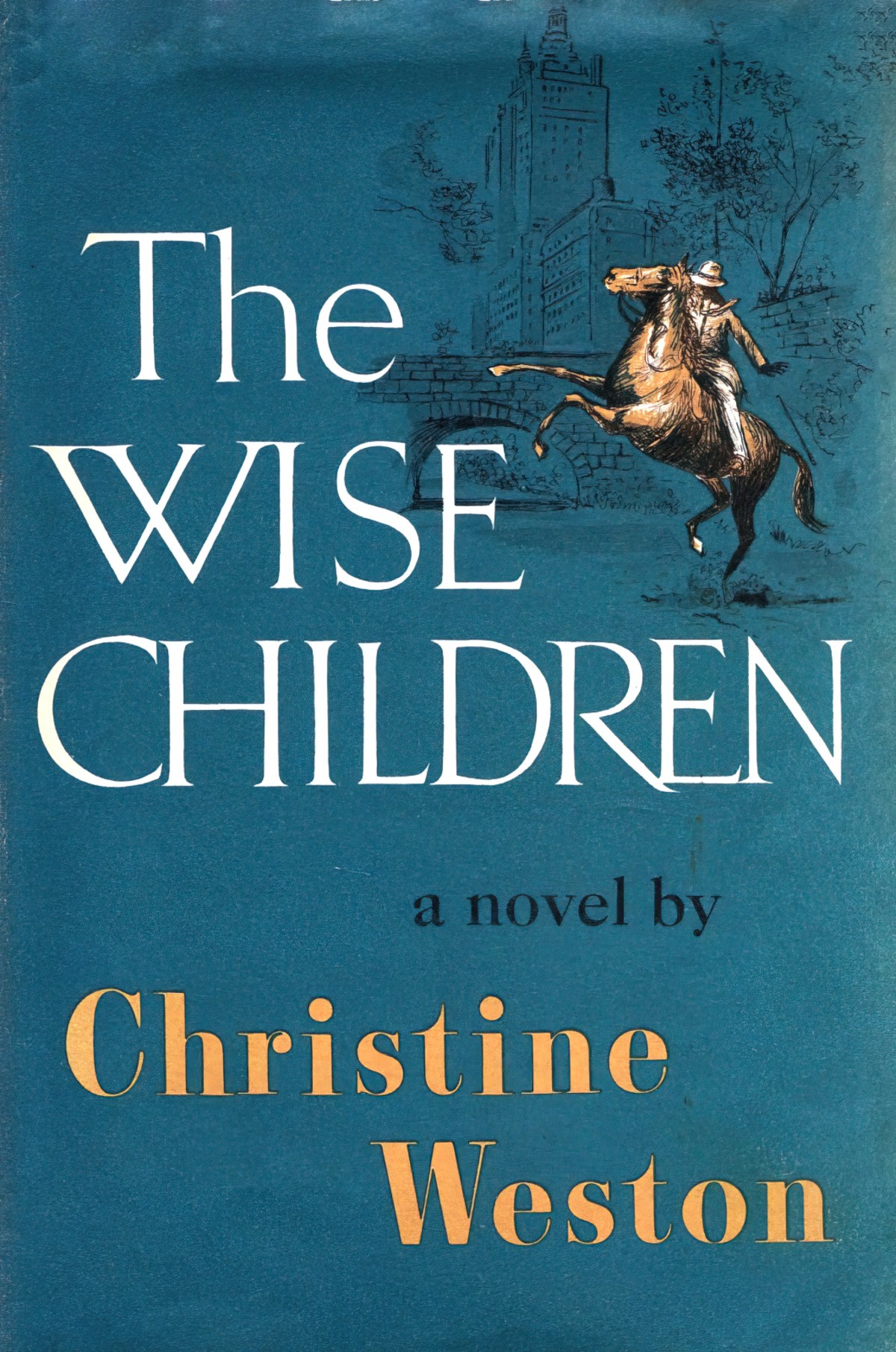
In stories it isn’t always the smartest or the strongest who become heroes — it is often the character who perseveres or works hardest. The villain is often smarter and stronger than the hero. What about really smart characters? Ironically in storytelling, the genius character is often the underdog. Their genius is also their shortcoming, or…
-
In Medias Res (In The Middle Of Things)

Have you ever been told by a teacher, or by someone in your writing group, that your story must open with action, not description? If they’re being fancy about it, they might advise you to begin in medias res. But certain genres demand the establishment of a norm, e.g. The fish out of water story.…
-
A Fish Out Of Water by Helen Palmer Analysis
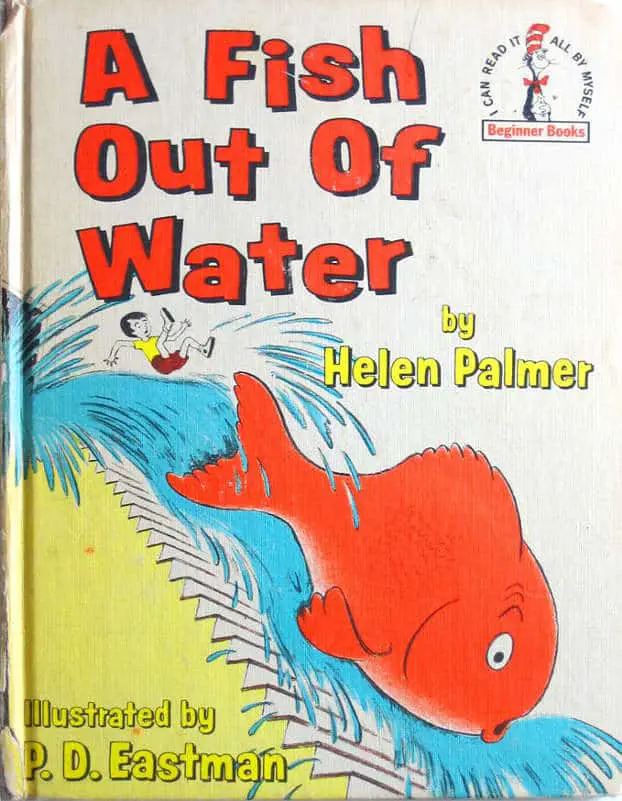
The story of Helen Palmer is — from the outside, certainly — a sad one. Helen is ‘the woman behind the man’ in the Dr Seuss duo. It was Helen who encouraged her husband Theo to start writing picture books. When the marriage ended and Theo embarked upon a second relationship, Helen suicided. It would…
-
The English Country Garden In Picture Books
The Secret Garden This is perhaps the most famous, and certainly the most analysed, of the English country gardens in children’s literature. Below is an illustration by the wonderful Inga Moore, also well-known for her illustrations of The Wind In The Willows. Though Inga Moore is a modern illustrator, her style has a classical style…
-
Garth Pig And The Ice Cream Lady By Mary Rayner
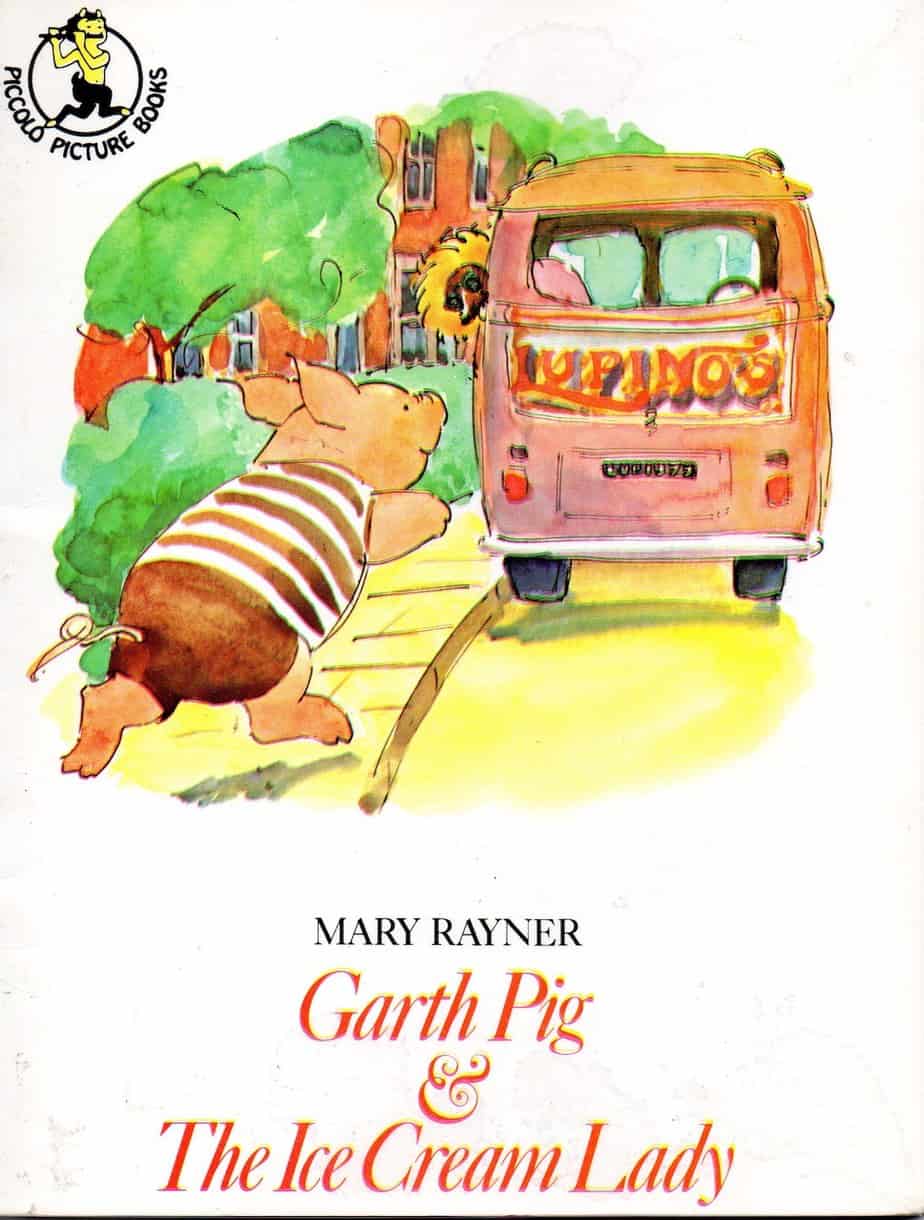
Garth Pig and the Ice Cream Lady is a British picture book written and illustrated by Mary Rayner in 1977. The story is part fairytale, part 1977 modernity. ABOUT THE AUTHOR Mary Rayner was born in 1933 in Mandalay, Burma of British parents. She was 8 years old when Japanese troops invaded Burma. Her mother…
-
Doctor De Soto by William Steig (1982) Analysis
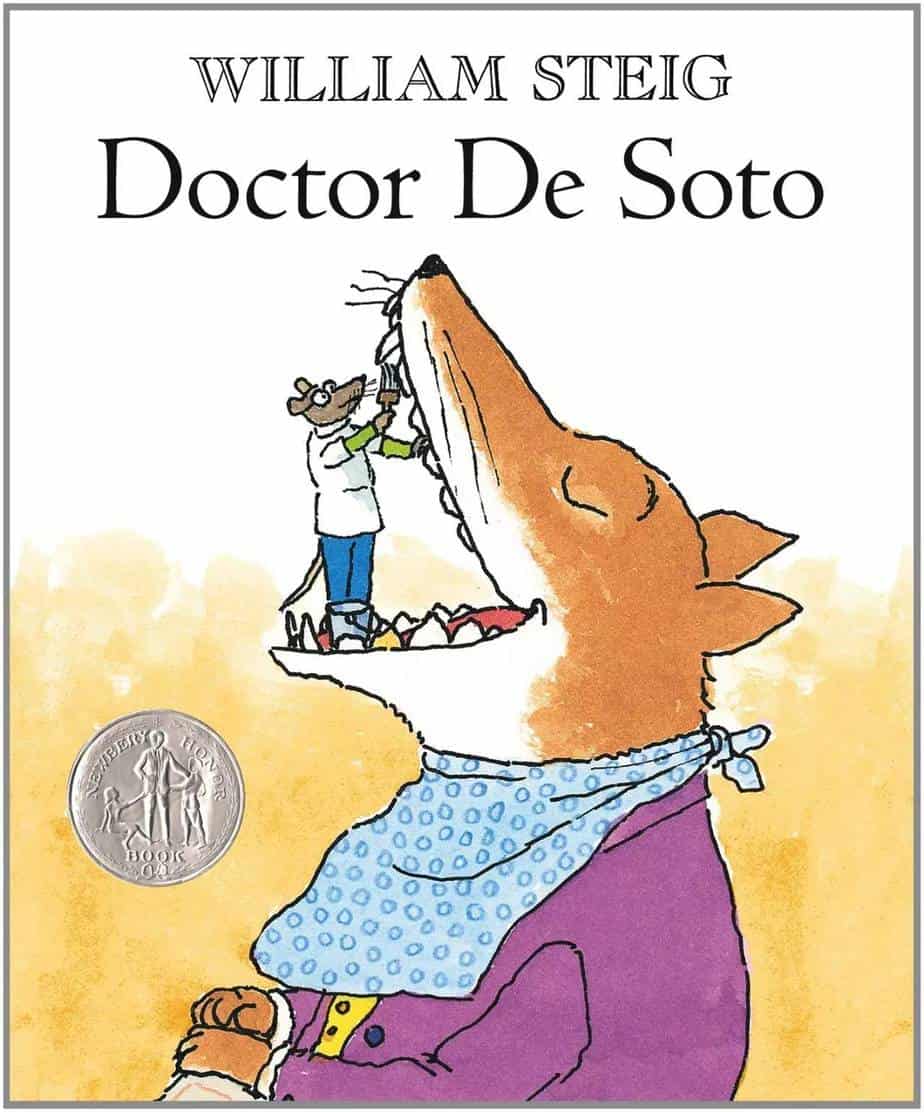
Doctor De Soto is an example of a picture book that owes a lot to Aesop, with the characterisation of the mice and the fox already firmly in place. Mice don’t play as prominent part in the fables as you might think, but foxes are one of the main five, along with countrymen, dogs, donkeys…
-
Symbolism Of The Forest In Storytelling
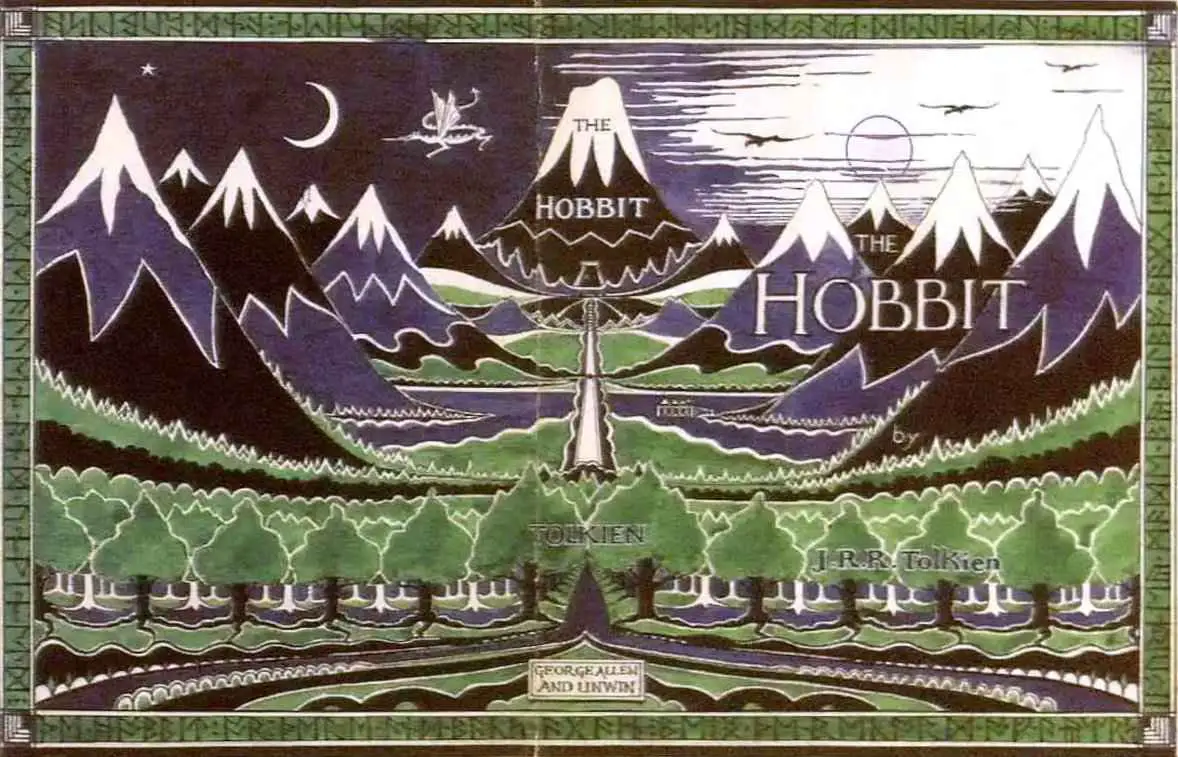
Be it woods or forest, when a character enters the trees in fiction, beware! We learned this from fairytales, but is fear of the forest innate, or taught to us via fiction?
-
Storybook Farms
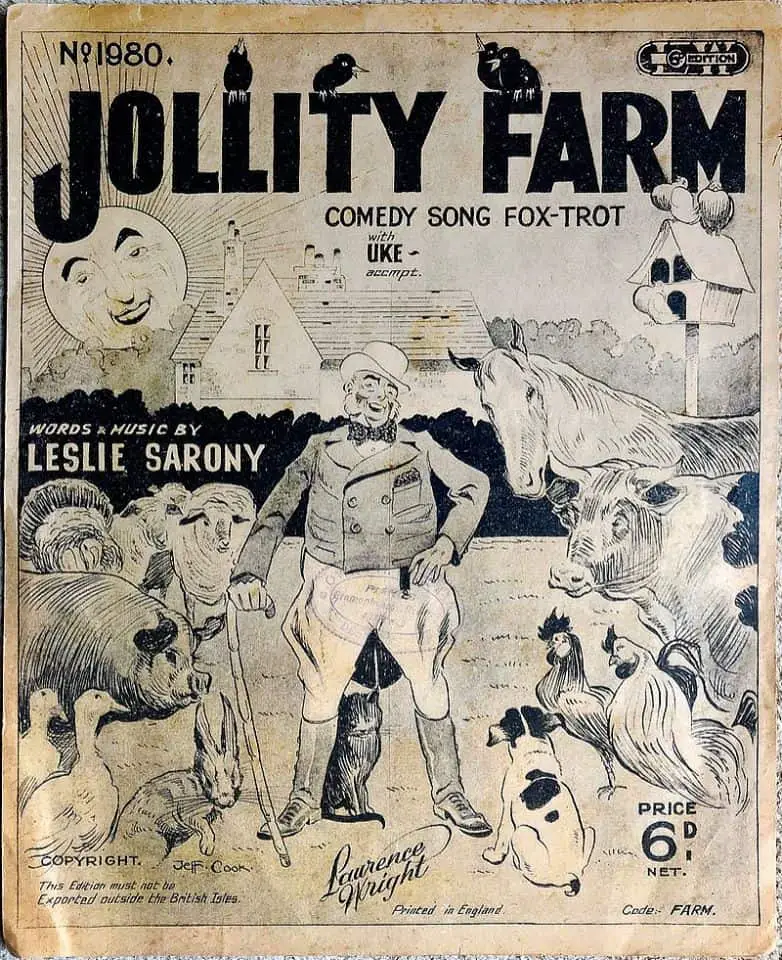
Farms in children’s literature are often a kind of utopia. Often these are animal utopias, and the reader is not supposed to even think of what the animals are really there for. Writing of the book Hepzibah Hen, a Children’s Hour favourite from 1926, is described by Margaret Blount as ‘the antithesis of Animal Farm‘,…
-
The Three Little Pigs Illustrated by Leonard Leslie Brooke Fairy Tale Analysis
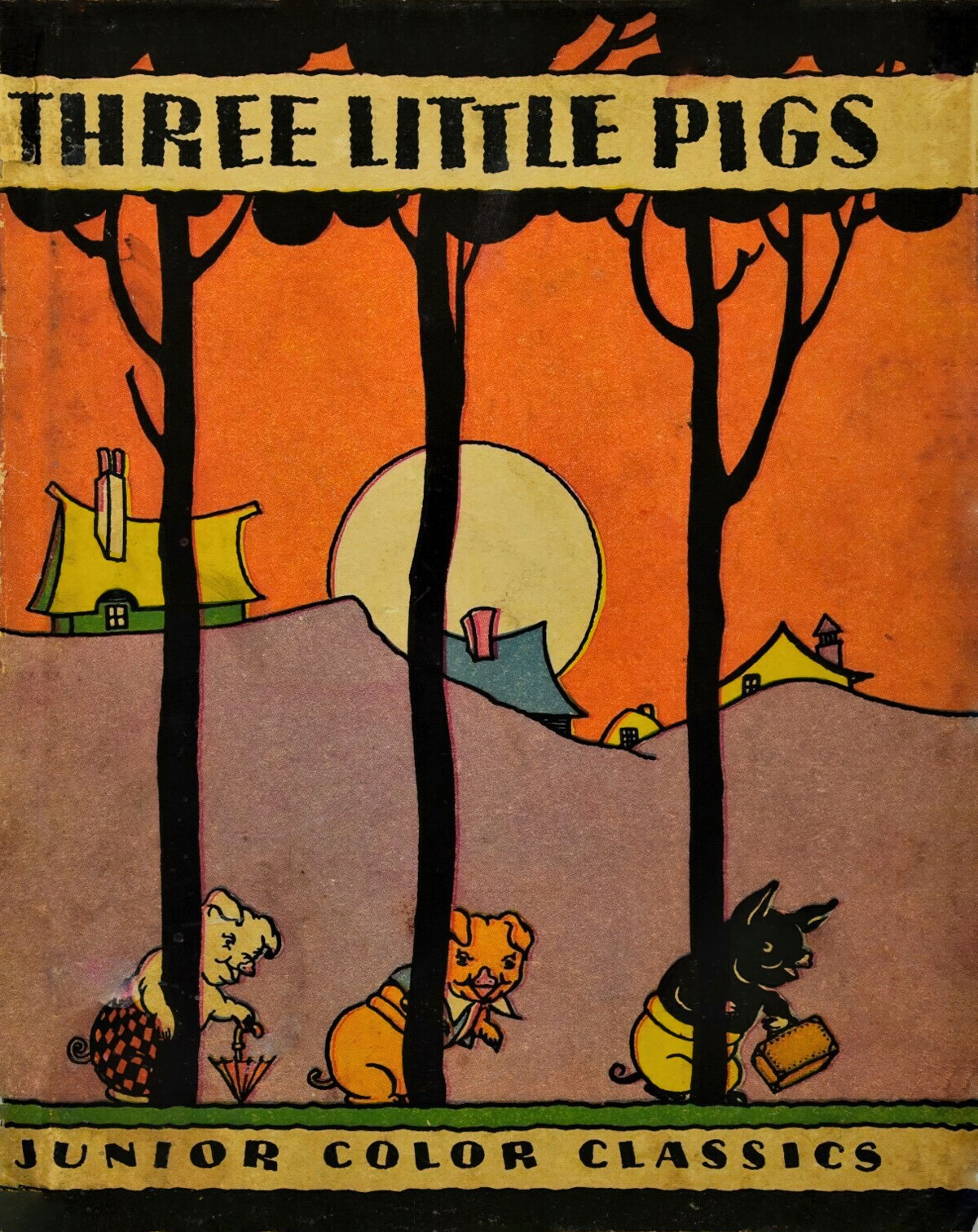
The Three Little Pigs is one of the handful of classic tales audiences are expected to know. Pigs are handy characters: They can be adorable or they can be evil. You can strip them butt naked and let the reader revel in their uncanny resemblance to humans. Or, you can dress them in jumpers and they’re…
-
Why children’s stories have to be dual audience now
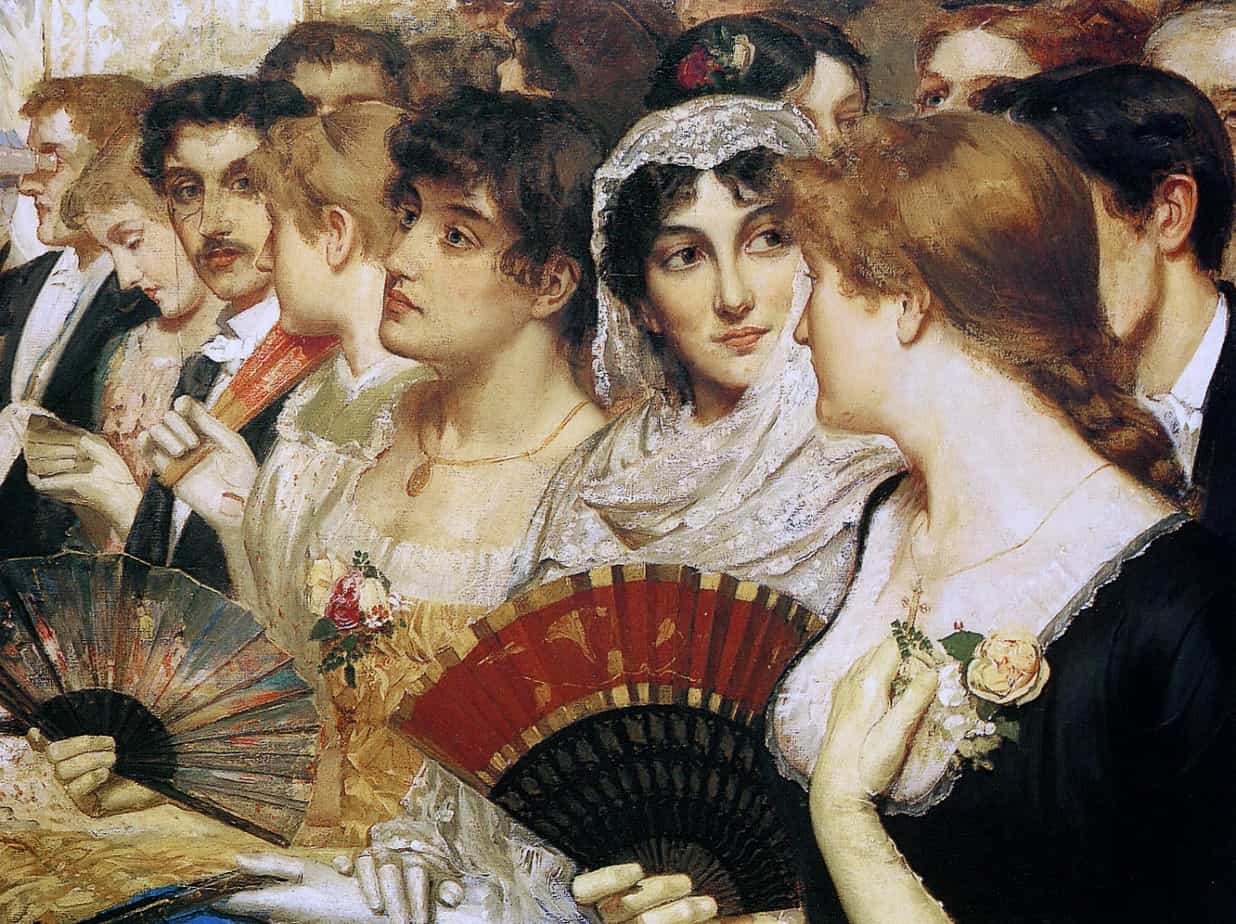
Modern children’s books — picture books in particular — are required to appeal to adults as well as to children. This is known as a ‘dual audience’ story.
